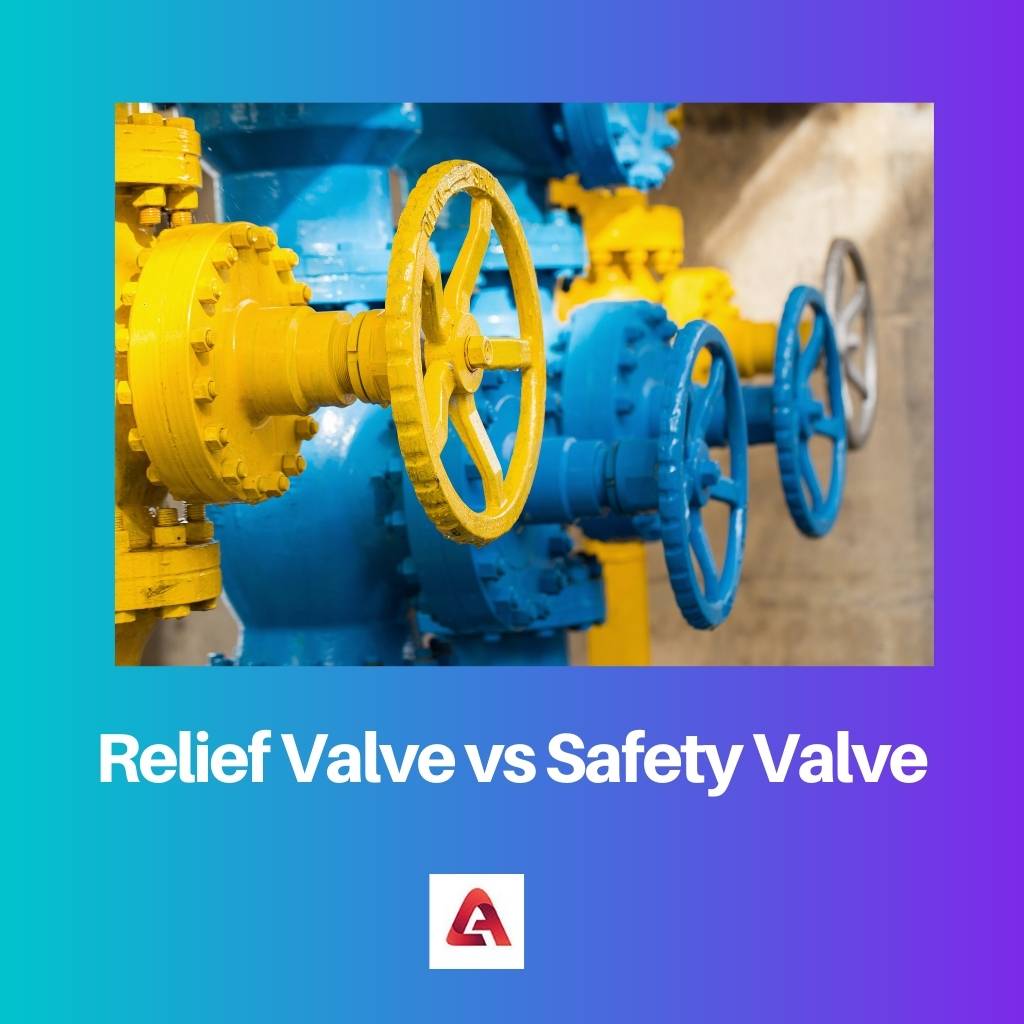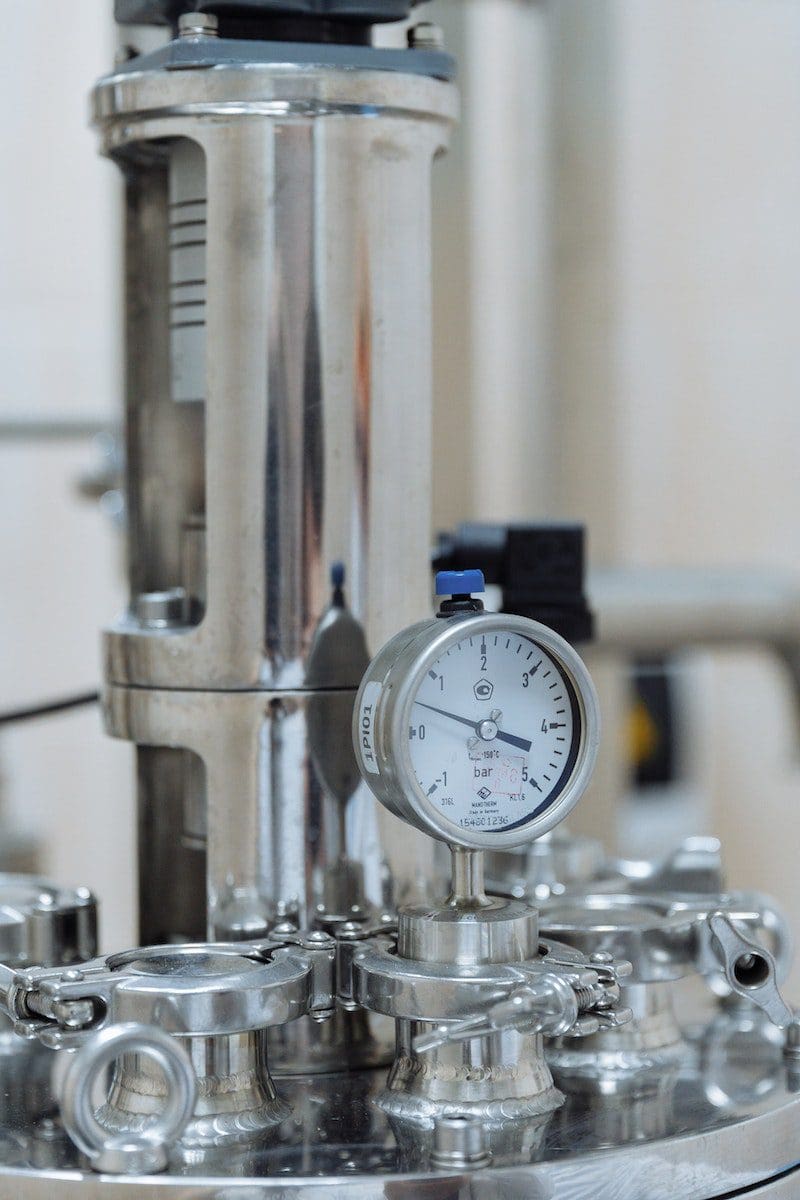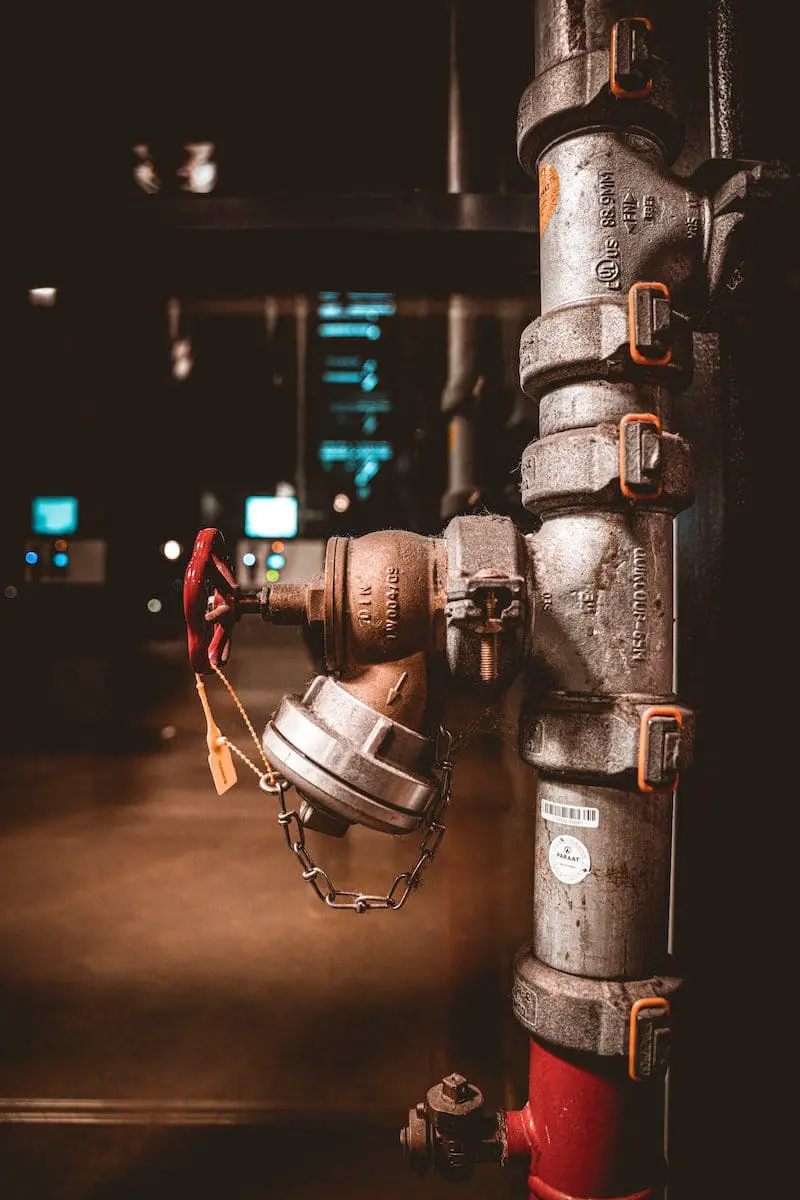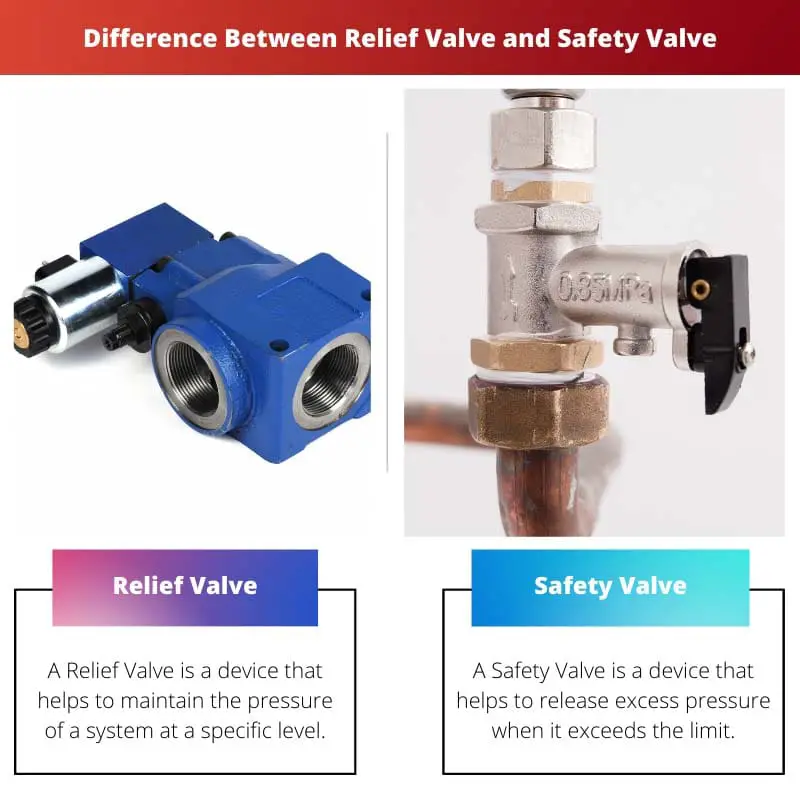Industrial safety is an important factor in the making and processing of industrial goods. Sometimes, the machinery heats up more than its limit, which results in overpressure conditions.
This further can cause damage to life, property, as well as the environment. In order to prevent such situations, safety devices are designed and used. They work to protect the systems and machinery from facing overpressure. Relief Valve and Safety Valve are two such safety devices.
Key Takeaways
- Relief valves control pressure within a system by releasing excess pressure, whereas safety valves prevent overpressure by releasing all the pressure at once.
- Relief valves open gradually and are adjustable, while safety valves are set to a fixed pressure and open quickly.
- Relief valves are used when pressure control is critical, such as in the chemical and petrochemical industries, while safety valves are commonly used in steam boilers and pressure vessels.
Relief Valve vs Safety Valve
The difference between Relief Valve and Safety Valve is that Relief Valve helps maintain the right amount of pressure in a system so that it does not rise, whereas, Safety Valve helps in vacating excess pressure from the system when the pressure rises to a high level and is capable of causing overpressure. Both these safety devices differ in terms of their ways of treating overpressure conditions.

A Relief Valve is a device designed to protect the machinery or systems in a process industry from overpressure. The device maintains a specific level of pressure in the system.
The specific level is basically known as Setpoint. If the pressure rises above the setpoint, it can lead to overpressure and cause extreme damage.
On the other hand, a Safety Valve is a device designed to prevent the accumulation of excess pressure in a system. When the pressure in the system rises beyond the setpoint, the safety valve vacates the excess pressure from it. This, in turn, prevents overpressure conditions from forming.
Comparison Table
| Parameters of Comparison | Relief Valve | Safety Valve |
|---|---|---|
| Definition | A Relief Valve is a device that helps to maintain the pressure of a system at a specific level. | A Safety Valve is a device that helps to release excess pressure when it exceeds the limit. |
| Working | It opens up in proportion with the increase in pressure level. | It opens up fully and immediately as the pressure rises. |
| Operator | It is operated with the help of an operator. | While there is no operator used. |
| Setpoint | The setpoint is 10 per cent higher than the working pressure limit. | Whereas the setpoint is 3 per cent higher than the working pressure limit. |
| Types | There are four types: pop-type, pilot-operated, direct-operated and internal. | The types are divided based on their applications. |
| Purpose | It does not allow the pressure to go beyond a certain limit. | While it releases excess pressure and prevents overpressure. |
What is Relief Valve?
A Relief Valve, or a PRV, i.e. Pressure Relief Valve, is a safety device that comes into use for maintaining the pressure of a system at a specific level so that overpressure conditions do not occur.
The device does not allow the pressure to rise above the setpoint. The relief valve tends to open up gradually with the increase in the amount of pressure.
The setpoint of a relief valve is set at 10 per cent higher than the working pressure limit. When the pressure starts rising above the setpoint, the valve opens up to control it and prevent overpressure.
It responds by releasing excess auxiliary passage flow from the system back to the tank to prevent system failure. The opening of a relief valve is directly proportional to the amount of increase in pressure.
It opens up only until the pressure goes back to the specified limit. An operator is used to complete this process. The process of opening the valve is gradual.
Overpressure conditions cause harm to several aspects of an industry. A relief valve is thus fitted to the system so that the pressure is maintained at the desired setpoint and there is no damage caused.

What is Safety Valve?
A Safety Valve is a safety device that is designed in a way to get activated automatically when the pressure tends to rise. The device helps to vacate an excess amount of pressure from the system.
This, as a result, prevents overpressure conditions. The safety valve opens up immediately as the pressure rises above the set limit. The setpoint of a safety valve is set at 3 per cent higher than the working pressure limit.
Even when the pressure rises slightly above the set limit, the valve opens up and starts releasing the excess pressure. It then goes back to its initial state after the pressure comes down to the desired limit. Unlike the relief valve, there is no operator used in a safety valve.
It opens up immediately when there is an increase in pressure level. It closes when the excess pressure is pushed out. The process of opening and closing the valve is sudden and faster.
A safety valve works as the last option for preventing overpressure conditions. It has the capability to operate anytime. The chance of damages and losses is lessened when the valve is used.

Main Differences Between Relief Valve and Safety Valve
- Relief Valve maintains pressure at a specific level while Safety Valve releases the excess amount of pressure.
- The opening of the relief valve is gradual, whereas the safety valve opens up immediately.
- There is no operator in the safety valve, while the relief valve has one.
- Setpoints of relief and safety valve are 10 per cent and 3 per cent higher than the limit, respectively.
- The safety valve has many types, while the relief valve has only three.




